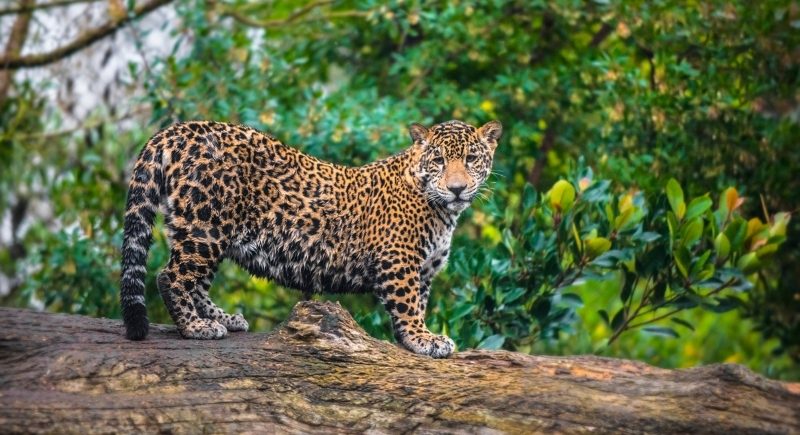The Clever Way a Giant Anteater Tricks Predators into Thinking It’s Something Else
If you look at a giant anteater, it is hard to think of it as the kind of animal that could fool anything. It’s large, has an awkward gait, and doesn’t exactly melt into the background. But this slow-moving insectivore has developed one of the most unusual visual defense systems in the animal kingdom.
Instead of hiding or fleeing, it deceives predators with a moving illusion. This trick makes attackers pause just long enough to give the anteater a chance to escape or stand its ground. Some wildlife observers have reported confusion upon first seeing the illusion, while noting how difficult it can be to distinguish the real anatomy.
A Moving Limb Creates a False Face
What makes the giant anteater’s deception possible is a single forelimb. This arm has fur markings that loosely resemble facial features. This gives the impression of a face when seen from a certain angle. The patterns aren’t perfectly realistic, but they’re placed in just the right spot to catch attention.
When the anteater senses a threat, it lifts the limb forward and slightly upward. This positioning makes it appear as if a face is looking directly at the threat. It doesn’t need to hold the pose long. A brief moment of confusion may be just what the anteater needs to survive.
This behavior works because predators often rely on reading the body language of prey animals. A face looking straight back may suggest awareness, strength, or even confrontation. But in this case, it’s nothing but fur. The real head remains lowered and partially hidden during this posture, though no evidence confirms it reduces targeted attacks. Even so, the hunter is left unsure about where the vulnerable point is.
Not Camouflage, But A Tactical Distraction

Image via Getty Images/kwiktor
While camouflage helps animals disappear into their surroundings, the giant anteater uses misdirection to manipulate. If you didn’t already know, this form of mimicry is rare in mammals.
Visual deception, such as false eyes or head shapes, is more common in insects, reptiles, and some fish. Butterflies also use eyespots, whereas certain snakes mimic head shapes on their tails.
In contrast, the anteater manipulates its own limb to create a moving false face. It’s not a fixed design on the body, but a controlled position or a live display used only when needed.
It is also important to note that the anteater doesn’t chase or intimidate, but helps ensure a moment of doubt. For an animal without speed or aggression, the ability to make an attacker second-guess becomes its strongest advantage.